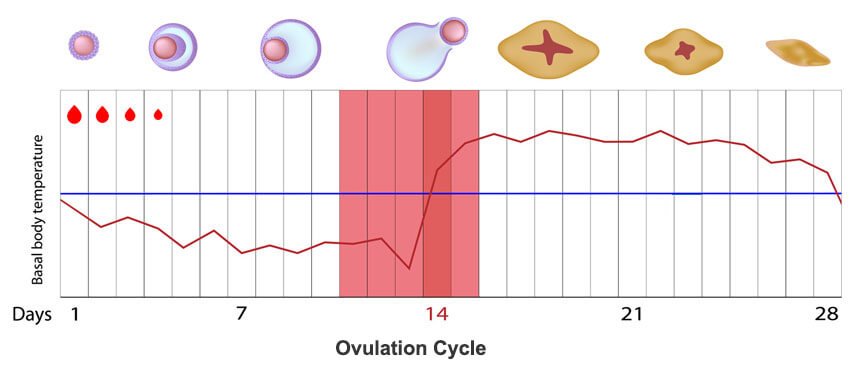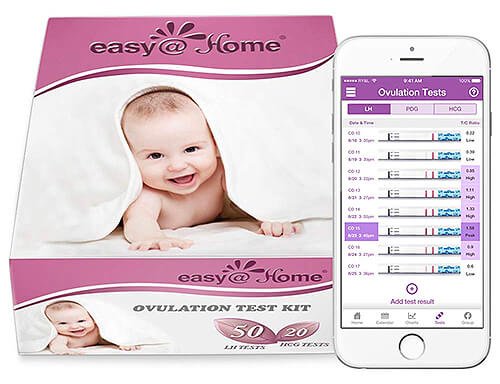The best or most fertile time to get pregnant is the period of ovulation in your menstrual cycle. One simple way to know this is to figure out the starting date of your next menstrual period. From this date, count back 12 to 16 days. This will give you a range of days when you will probably be ovulating.
The Ovulation Calculator
Cycle day one is what we call the first day of menstruation. In order to calculate the length of the menstrual cycle, you need to count the number of days between cycle day one and the beginning of the next period. At some point during the menstrual cycle, the ovary will release an egg, which signals ovulation for the woman. The egg that is released will make its way down to the fallopian tube so that it can be fertilized by a sperm cell.
Since every female body is different, there is no equation that can be used to calculate the exact moment of ovulation. The general rule of thumb states that ovulation usually occurs two weeks before menstruation. Therefore, a woman with a regular 28-day cycle will most likely begin to ovulate on day 14. A 32-day cycle will result in ovulation starting on day 18.
Here is the calculator that you can use to estimate your ovulation time, and due date If you are conceived within the time frame.
|
|
Effective Ways to track your Ovulation
If your period is not accurate, then you may need some helps to find out the ovulation date. Here are some common ways,
Use a Fertility Monitor
There are only a couple of days each month when a woman can conceive and those days may vary each month, especially when your cycle seems to be irregular. You can make use of over-the-counter ovulation predictor kits to help you identify your fertile days. There are two main hormones that surges just before ovulation takes place. These hormones are estrogen and Luteinizing Hormone. Once LH rises, it indicates that ovulation will take place in the next 24-36 hours. When you have intercourse at this time, you increase your chances of getting pregnant.
Check your Cervical Mucus

Take your temperature
One of the simplest and most affordable methods to test your fertility is to make use of your basal body temperature to help you determine your ovulation dates as well as to indicate the time in your cycle when you are most likely to conceive. When estrogen levels increase- before ovulation and throughout the first part of your cycle – your body temperature drops to the lowest level. Usually, this is around 97 degrees to 97.6 degrees- however, it may be lower or higher. What you want is consistency. So, if you take your BBT starting at the beginning of your cycle and at the same time daily, you should notice that your BBT has increased. When this happens, there is an excellent chance you have ovulated. For keeping track of your basal body temperature, you will need to purchase a basal thermometer for ovulation that measures temperature in tenths of degrees.
With all these tools, getting pregnant may not be as difficult as you may think !!




